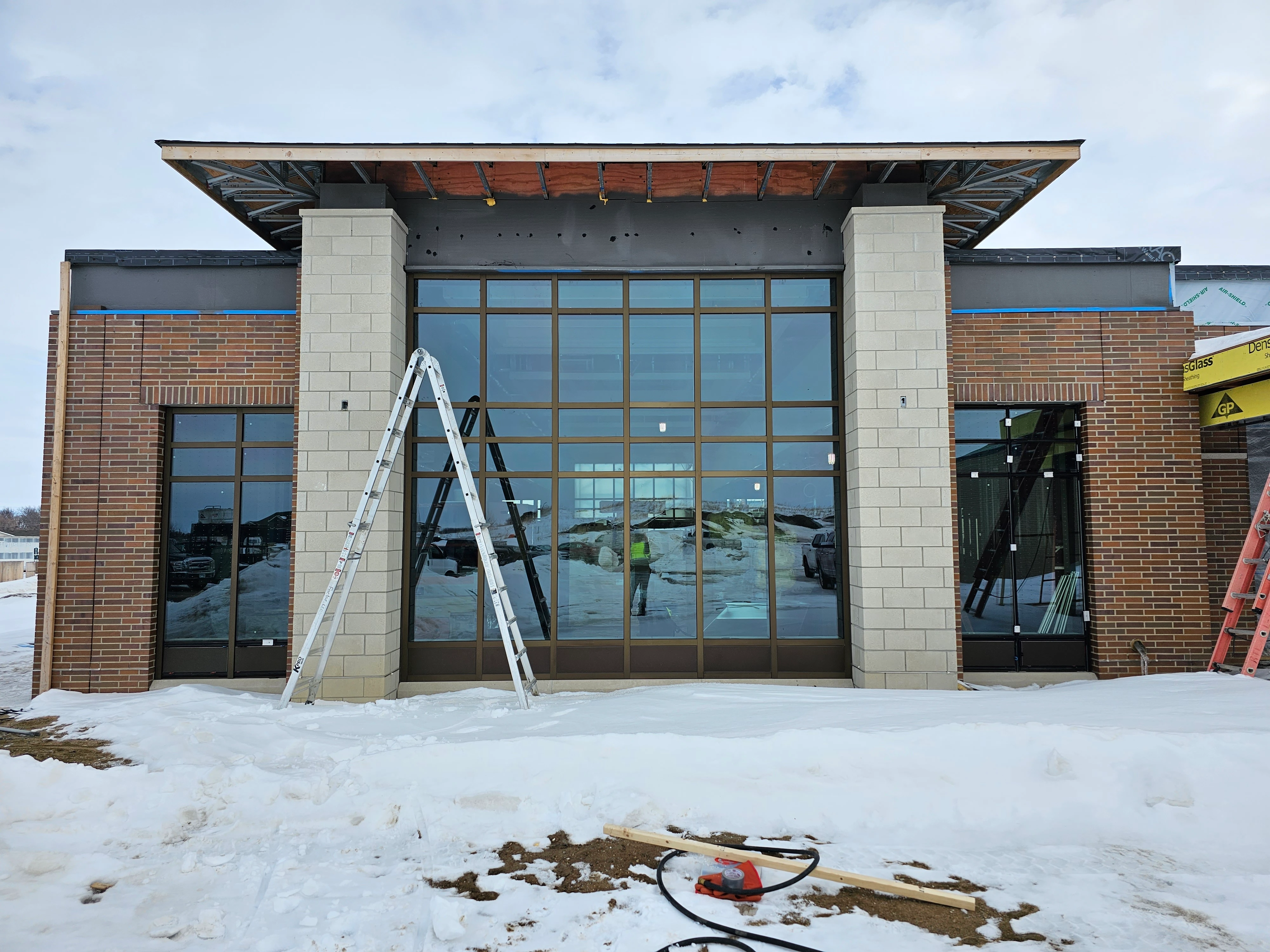
Free Consultation
Wanna chat? Tap to call or text
During the entire year, it is crucial to prioritize ongoing maintenance to ensure air- and water-tightness. However, when winter arrives, buildings become even more susceptible to envelope failure. The combination of rain and snow can seep into tiny cracks, and when the water freezes, it expands and can cause cracks or tears in the surrounding material. This can lead to significant damage as larger gaps allow more moisture to enter.
 For owners and facility managers of commercial buildings, the dropping temperatures are your cue to proactively address these costly waterproofing and structural challenges. In this post, we will discuss the preventive maintenance measures that should be taken before or during the winter months to safeguard your structure from expensive and potentially hazardous problems.
For owners and facility managers of commercial buildings, the dropping temperatures are your cue to proactively address these costly waterproofing and structural challenges. In this post, we will discuss the preventive maintenance measures that should be taken before or during the winter months to safeguard your structure from expensive and potentially hazardous problems.
Freezing temperatures can exacerbate existing issues. If you catch a problem early enough, however, you can either address it fully before the cold hits or apply a temporary fix to buy some time.
One common cold weather problem is when drains become clogged with ice and snow, creating added weight that can damage structures or even cause a roof to collapse.
Moisture infiltration in various parts of a building can result in freeze-thaw cycling, causing voids to expand and potentially lead to costly repairs.
Additionally, de-icing salts from vehicles can harm waterproofing membranes and substrates, highlighting the importance of knowing the limitations of products used on your property.
Taking proactive maintenance steps before winter can save substantial costs and prevent emergencies. To ensure your building stays in great shape, it's important to conduct thorough maintenance checks throughout the year. Aim to review the property at least four times annually, especially before and after winter when temperature fluctuations are at their peak.
Here are some areas to keep an eye on:
Regular maintenance and winterization not only protect your building from immediate winter challenges but also enhance its long-term sustainability and efficiency, reducing overall operational costs and extending the lifespan of its components.
If budgets, labor, and time are not an issue, it is best to make the necessary repairs immediately. Even though some repairs can be delayed, or can only be made in certain temperatures, more costly challenges could be awaiting in the spring.